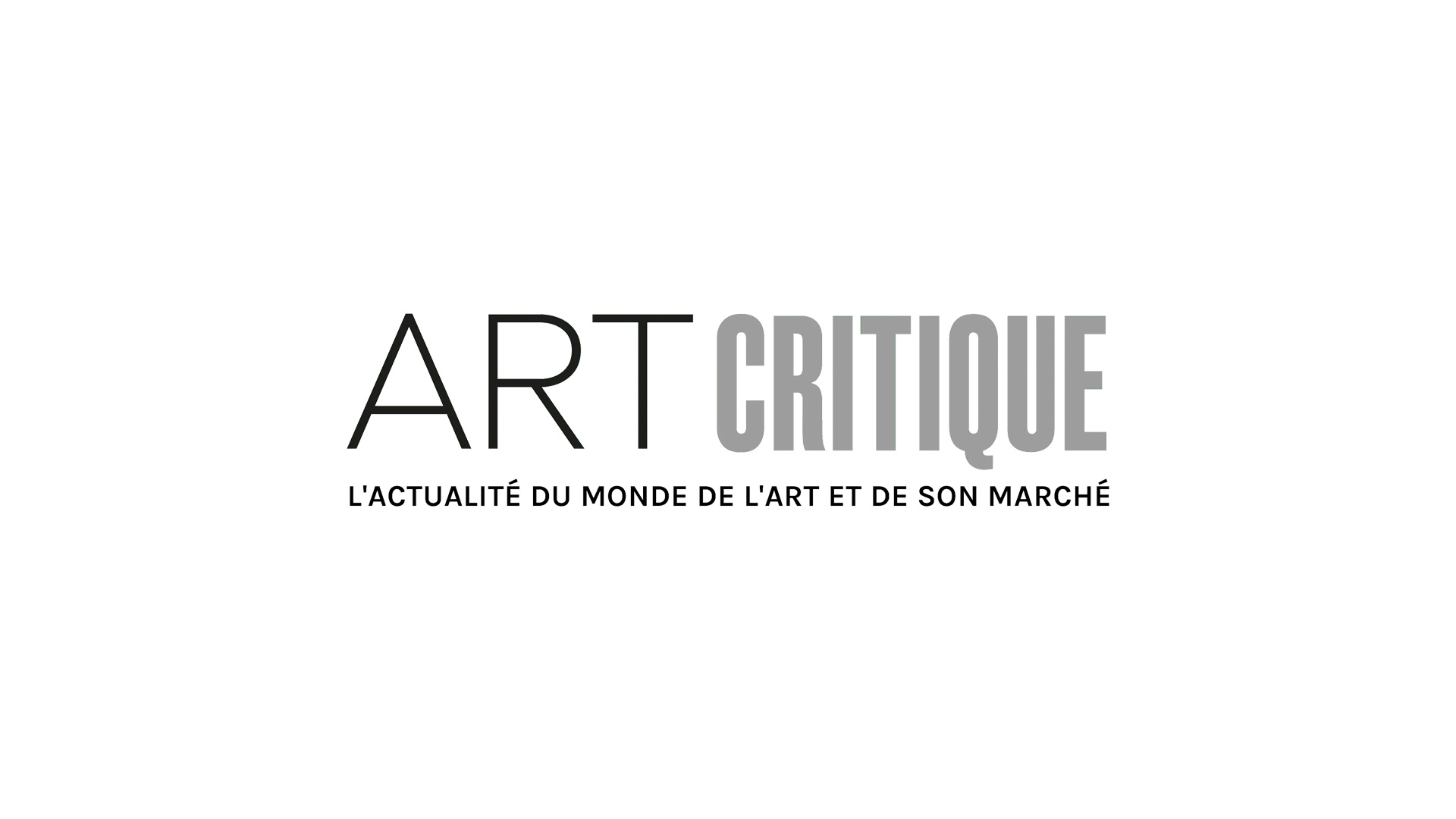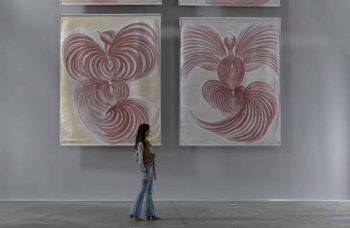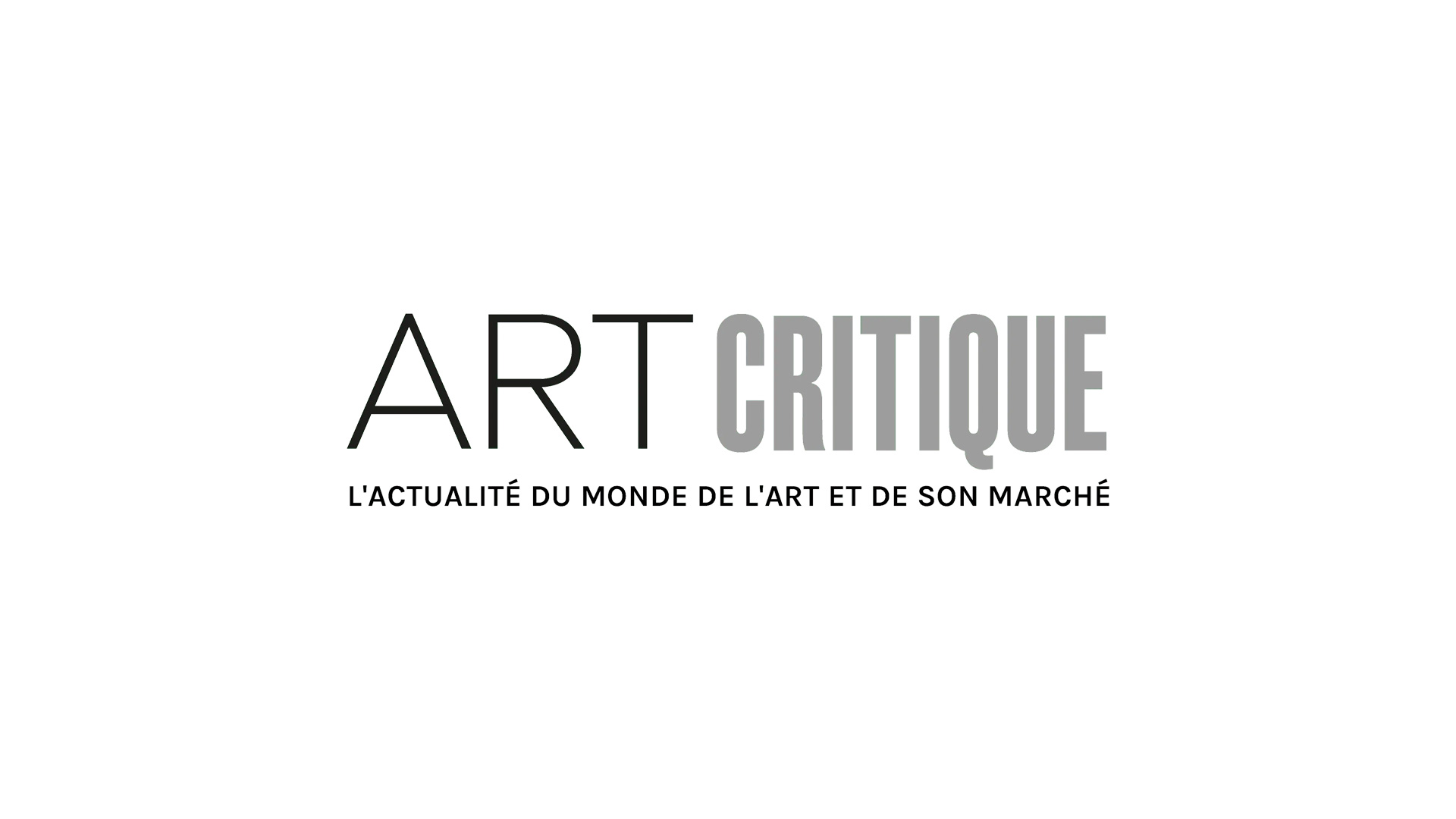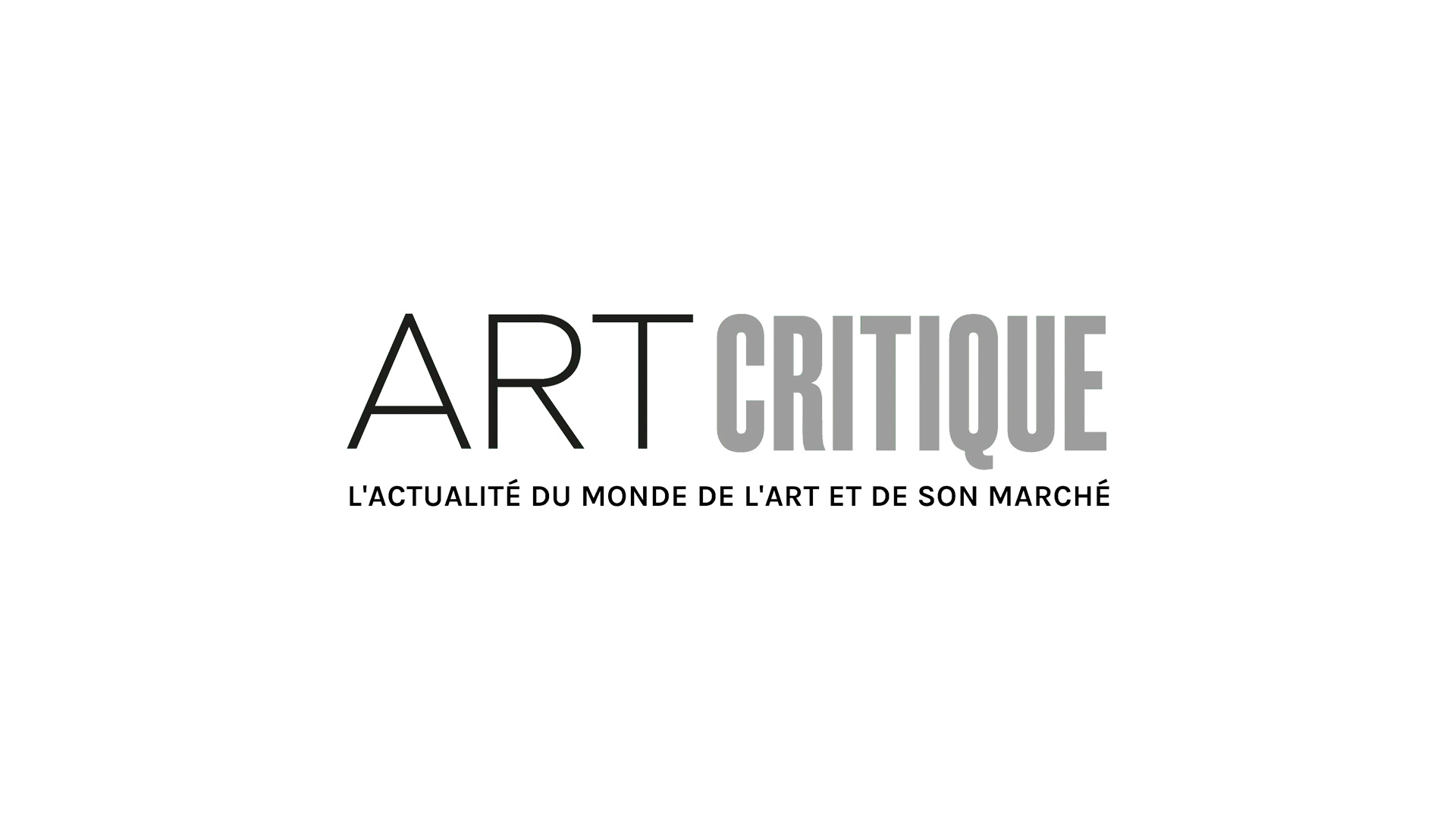Purpose of this lesson:
The camera obscura is an integral part to understanding how modern day photography developed and how some artists worked. However, it’s a pretty confusing concept if you’ve never really looked into the mechanics of how one works or experienced one yourself. This lesson is meant to explain the ins and outs of how the camera obscura functions as well as its place in history. We will look at how it developed out of scientific circles into the art world and how artists, both past and present, have used it.
This lesson is geared towards secondary or high school level students. It would best fit into a foundations course for either studio classes, particularly those focusing on photography, or an art history course looking at either photography or art particularly from the Netherlands in the 17th century.
Let’s get started…
1) Definitions to remember
- Camera Obscura: a darkened enclosure having an aperture usually provided with a lens through which light from external objects enters to form an image of the objects on the opposite surface. (Merriam-Webster)
- Daguerreotype:
- An early photograph produced on a silver or a silver-covered copper plate.
- The process of producing such photographs. (Merriam-Webster)
2) To get students intrigued
Show students this short video created by National Geographic:
Seeing a camera obscura be constructed in a room helps you to understand that the projection of what you’re looking at really does get flipped. It’s something that seems unreal, unless you’re a physicist, isn’t it?
Ask students questions about the video and camera obscuras to get them thinking. Questions could include the following:
- Did you expect the image to actually be flipped? Why or why not?
- Why do you think the image is flipped?
- Have you ever worked with a camera obscura? If so, what did you find most interesting?
- How could you use a camera obscura in art?
- Do you know any artists, past or contemporary, that work with a camera obscura?
Part 3) The Lesson
Part I: The mechanics of the Camera Obscura
Before we dive too far into the history and uses of the camera obscura, it’s good to know how, exactly, one works. Camera obscura is Latin for ‘dark chamber,’ which is critical in making one of your own.
In its most basic form, all you need is a room fully closed off to light, essentially a darkroom for photography, with one small transparent hole in one wall. On the other side of the wall with the pinhole, you have to have a lot of light. If you get it just right, whatever is on the bright side of the wall with the pinhole will project through the hole, upside down, onto the inside of the darkroom.

Camera obscuras can come in all shapes and sizes. They can physically be the size of a room, you can make most any room into one, as you’ve seen in the National Geographic video. Or, what’s more common, is having a smaller box camera obscura that can be transported around with a clear panel at the opposite end of the box as the pinhole. In other cases, they’re as small as a cereal box; these are the kind you might associate with using when watching a solar eclipse as not to damage your eyes.
To right the image, so that it isn’t upside down, a mirror can be added to the camera obscura. At the opposite end of the pinhole. You will usually find this type of camera obscura in the smaller box size ones. The mirror is placed at a 45º angle so when the light passes through the pinhole it hits the mirror, inverting the image it carries. The image then projects onto the roof, if you will, of the box. For this type of camera obscura, there is a transparent portion on the top, which allows you to see the image projected through the box.

Part II: The history of the camera obscura
The camera obscura is born of the pinhole camera, whose existence can be traced back to 400 BC when Mo-ti, the founder of Mohism, theorized about the concept of a pinhole camera. Soon after, Aristotle put pinhole cameras to practice using a crude version of one during a partial solar eclipse. Over the centuries to come, pinhole cameras were tinkered with my philosophers and scientists alike, in various parts of the world. They were also predominately used for scientific purposes in relation to viewing the sun. Leonardo da Vinci detailed his version of a pinhole camera in his 1485 Codex atlanticus but it wouldn’t be until 1604 that the term ‘camera obscura’ was used in relation to the marvel.
Johannes Kepler, a German astronomer, mathematician, and astronomer, is often credited with having coined the term and in 1685, Johann Zahn drew diagrams of the camera obscura in his Oculus Artificialis Teledioptricus Sive Telescopium. The camera obscura became popular amongst artists, particularly for Dutch artists. Then, in 1827, Joseph Nicephore Niepce used a camera obscura and a bitumen-coated metal plate to actually capture the image projected by the apparatus. Effectively, Niepce made the first rudimentary photograph, which was dubbed the Heliograph, thus changing the course of history, in terms of technology.
The Heliograph and use of the camera obscura evolved until Louis Jacques Mande Daguerre improved Niepce’s invention to create the Daguerreotype. The use of the camera obscura peaked in the late 1800s and as the decades went on, tweaks and new technologies meant that modern day cameras were developed and the Daguerreotype, like the Heliograph and camera obscura, fell out of fashion only to be used by artists and photography enthusiasts.
The Daguerreotype, which is what comes to mind when you think of photos from the early 1900s, would evolve into the modern camera, as we know it today. While it is still used in some circles of artists and photographers, Daguerreotypes, like the Heliograph and camera obscura, are relatively disused today.
Part III: The camera obscura and artists who have embraced it
Even before the camera obscura gave birth to photography, it had its own place in the art world. For some artists, the full glory of the camera obscura is present, creating breathtaking images. In other cases, scholars and enthusiasts, alike, have speculated, debated, and gone back and forth as to if the camera obscura had any bearing on an artist’s works.
Cuban-born artist Abelardo Morell is one such artist whose use of the camera obscura fully shows the beauty of what a camera obscura can do, but perhaps in a manner that you wouldn’t except. When he first began working with a camera obscura in 1991, Morell started making rooms in his home into rudimentary cameras, much like the one shown in the National Geographic video we watched earlier. To sharpen the images they produced, he toyed around with lenses making the outside world reflect onto the interior of the rooms in his house.

Once he was familiar with creating an at-home camera obscura, Morell tackled the kind of long-exposure photography necessary to capture the image he wanted. Since then, Morell has continued working with camera obscura images transposed over relatively ordinary living spaces. Almost as if a room has replaced the silver screen for a movie projector, Morell’s works enter into the ‘territory of dreams,’ to use his own expression. Over the years, his projects using camera obscuras have taken him around the world juxtaposing the intimate and public parts of life in one scene.
Canaletto, the 18th century Venetian painter, on the other hand, is someone whose use of a camera obscura has been speculated over the years. His precise drawings led many to believe that the artist utilized the camera obscura to create his works and eventually, it became generally accepted that this was how Canaletto worked. However, in 2017, extensive infrared testing proved that Canaletto in fact did not use a camera obscura to achieve his drawings. Instead, the testing showed that he relied on his own pencil underdrawings, thus putting to rest the theories of using a camera obscura.

Finally, there is one case study that still baffles some while others are steadfast in their belief: Vermeer. The 17th century Dutch Old Master has created some of the world’s most loved, photo-realistic paintings, yet, very little is known about him. Sometimes called the ‘Master of Light,’ Vermeer left no drawings or letters after his death and we still don’t know who he studied with, leaving lots of unanswered questions about his career. Vermeer’s works have stunned artists and art historians, alike, for their use of light and their stunningly life-like appearance. These intricacies and the impressive nature of his works have led many to believe that he worked from a camera obscura.
Those who are of the belief that he created his masterpieces with a camera obscura point out that many of his paintings have a similar setting, they are small in size, and the soft focus that can be found within the paintings reflect the focus you achieve with a camera obscura. A 2014 documentary called Tim’s Vermeer, produced by Penn Jillette of Penn and Teller fame, chronicles one inventor and Vermeer lover’s journey to recreating a painting by Vermeer. The documentary cites a number of reasons why Tim Jenison believes Vermeer may have worked from a camera obscura and in the end, he makes a painting that is very similar in look to Vermeer’s The Music Lesson.
Of course, there are those that just don’t buy what Tim’s Vermeer is selling and strongly stand behind Vermeer having created his works without the assistance of a camera. Those in this house of thinking see Vermeer’s works as the product of his own genius. Their reasoning is that to have created the paintings with a camera, he would have had to paint with colour in a dark space, something that would have been near impossible, and that in a number of Vermeer’s paintings, there is a pinhole at the location of the vanishing point showing where Vermeer used a pin and chalk lines to create linear perspective. Thus, a camera obscura would not have been necessary to create his scenes.
**Above is a clip from Tim’s Vermeer showing a form of a camera obscura that Tim Jenison created to learn to paint.**
While there is no real definitive proof that Vermeer did or did not use a camera obscura, it seems that he at least drew inspiration from them. In Vermeer: Master of Light, a 2001 documentary, you can see how the soft focus of the camera obscura is mimicked in Vermeer’s works. The lion head finial found on a chair that makes a recurring appearance in his paintings, makes for a great case in point. Through the camera, the highlights and shadows are very obscure, much like those painted by Vermeer giving an even more realistic effect.
Part IV: The conclusion
Though it is uncertain how much of a part the camera obscura played in Vermeer’s works, we do know that the apparatus was highly influential to artists, scientists, and everyday people, alike. The camera played a large role in the development of the modern-day camera and also shed light onto the physics of light.
Think of how different today would be without the camera as we know it – it’s impacted technology, our lives, and how we portray our lives (think of Instagram and Tik Tok without the evolution of the camera!) in various ways.
Without the camera obscura’s rudimentary beginnings, things might look a little different, today.
4) Wrap Up/Activity:
To wrap up this lesson, no matter if you’re working with a studio or art history class, make a camera obscura. Whether it is making your classroom into a large camera obscura or making one in a cereal sized box, as though to look at an eclipse. This helps students to fully understand how the camera obscura works and the images it produces. If you have them (or if a science or physics teacher has them and you’re able to borrow them), toy around with different lenses at the pinhole to see how those affect the image produced.
With a studio class, have them create a project using a camera obscura. This could be done with any medium you decide for your students, or, you could give your class free reign over which medium they’d like to use. As further research, perhaps have them look into artists that have used a camera obscura, or have them do studies that show how a camera obscura was used in the process of making their artwork if it is not obvious with the finished product. It would be up to your discretion if taking photographs with a modern camera would be permissible.
For an art history class, work with students to delve deeper into an aspect of the camera obscura. You could have them research how artists have used the camera obscura, the debate over if Vermeer (or another Old Master) used the camera obscura, or the impact the camera obscura has had on a particular part of art history. Likewise, you could have students analyze a painting by an artist who used a camera obscura and discuss the similarities and differences when compared to a painting that was definitely not painted using one. The camera obscura allows for a lot of flexibility in assignment here.
Resources
Abelardo Morell and the magic of the camera obscura
The Camera Obscura, The National Gallery of Art
How to Spot a Daguerreotype (1840s-1850s)
Room with a view camera obscura by Abelardo Morell
Secrets of Canaletto’s Drawings Revealed Ahead of New Exhibition
Tim’s Vermeer, 2013 documentary
Vermeer and the Camera Obscura
Vermeer: Master of Light, 2001 documentary
For more Art Critique Art Lessons…
A Lesson in Restitution: diving in to expropriated art, World War II, and beyond
A Lesson in Street Art: how a movement morphed out of graffiti and into the art world, Part I, Part II, and Part III








